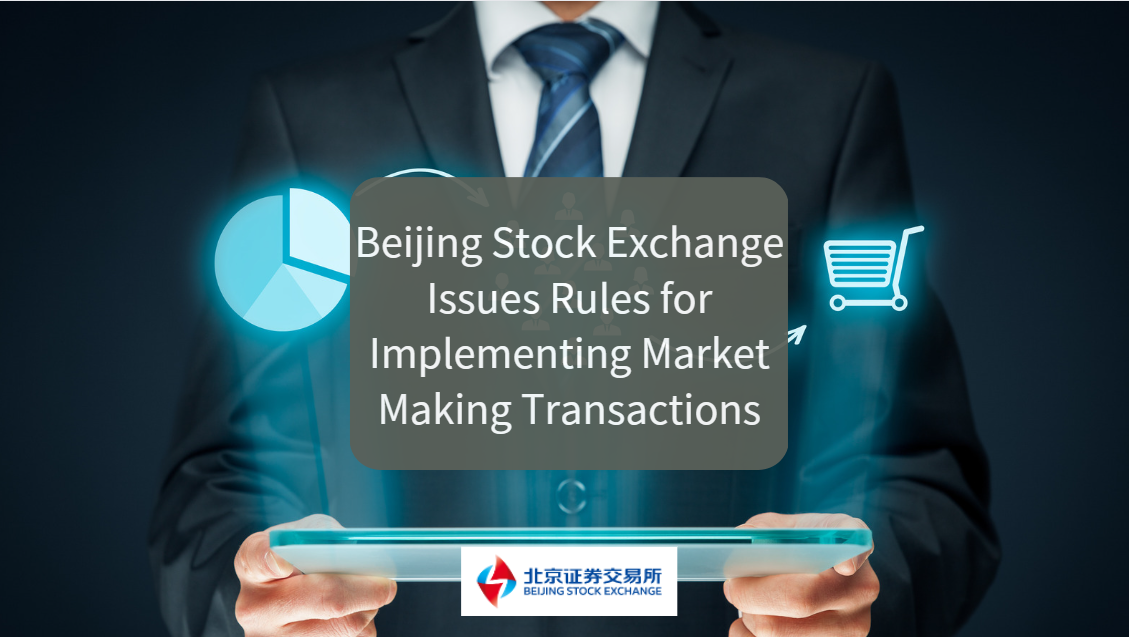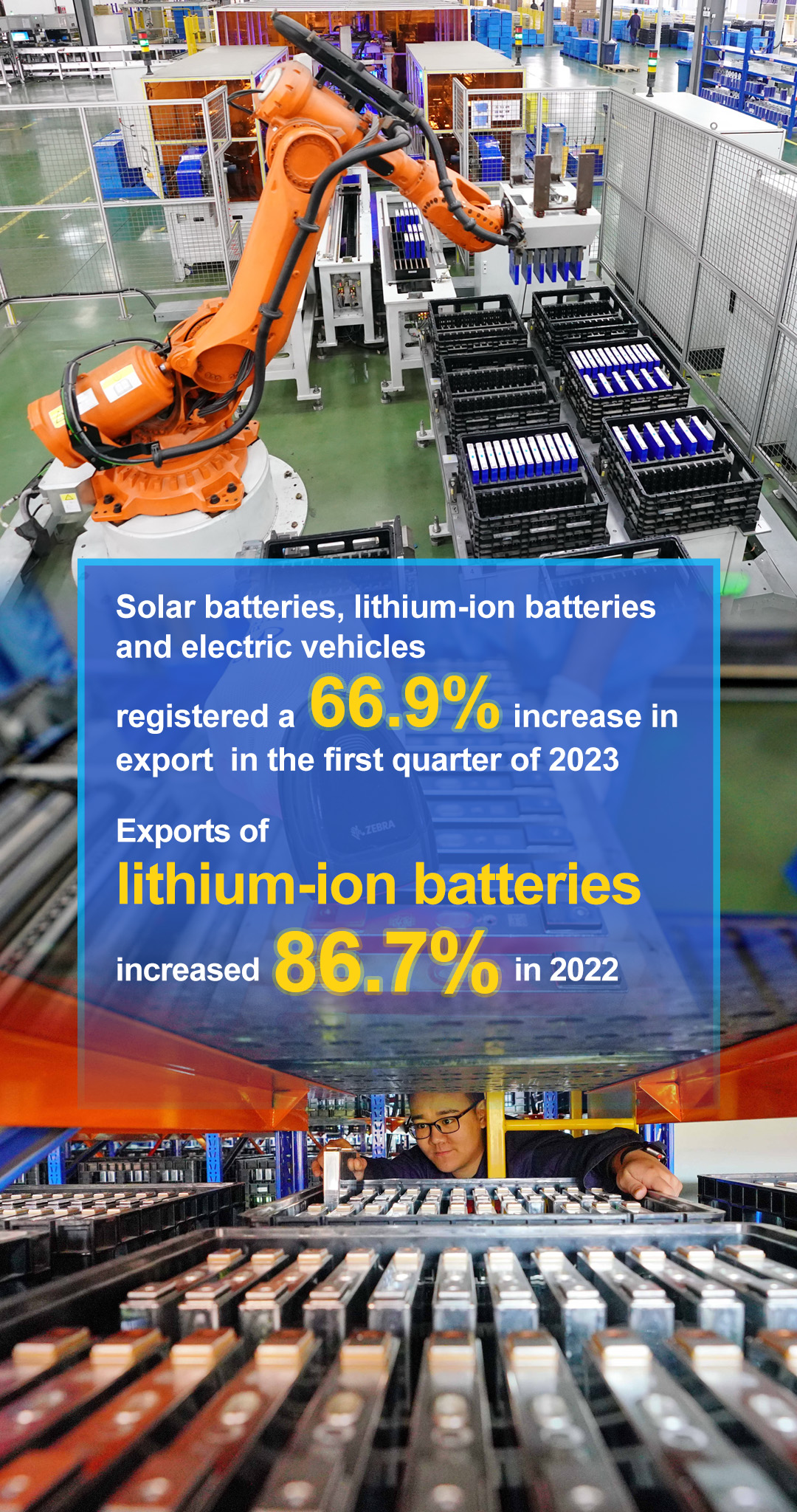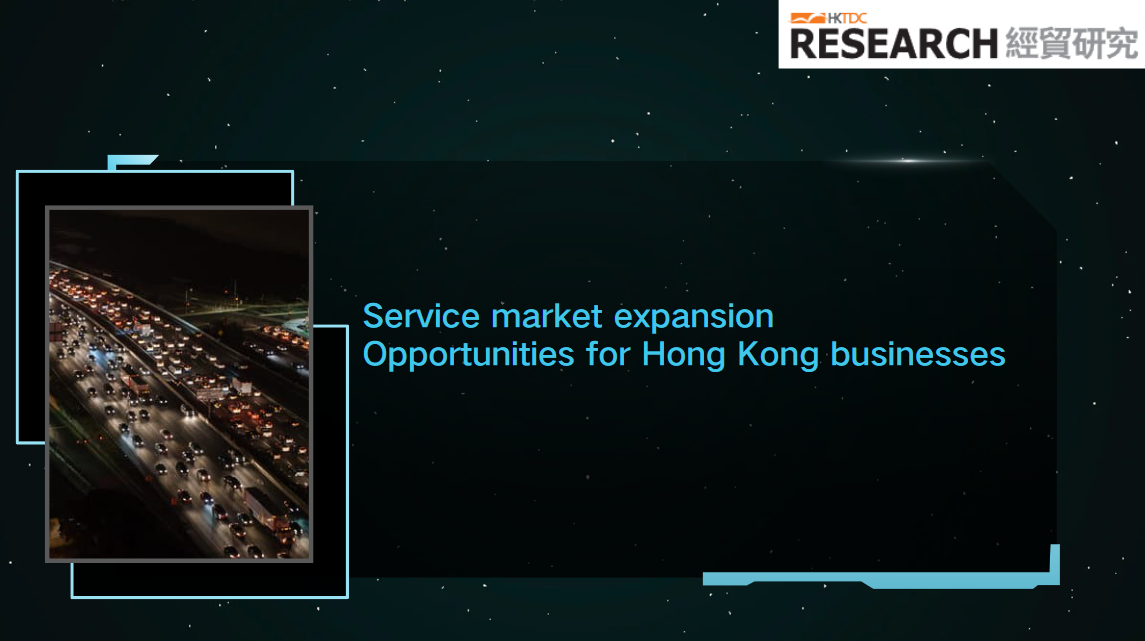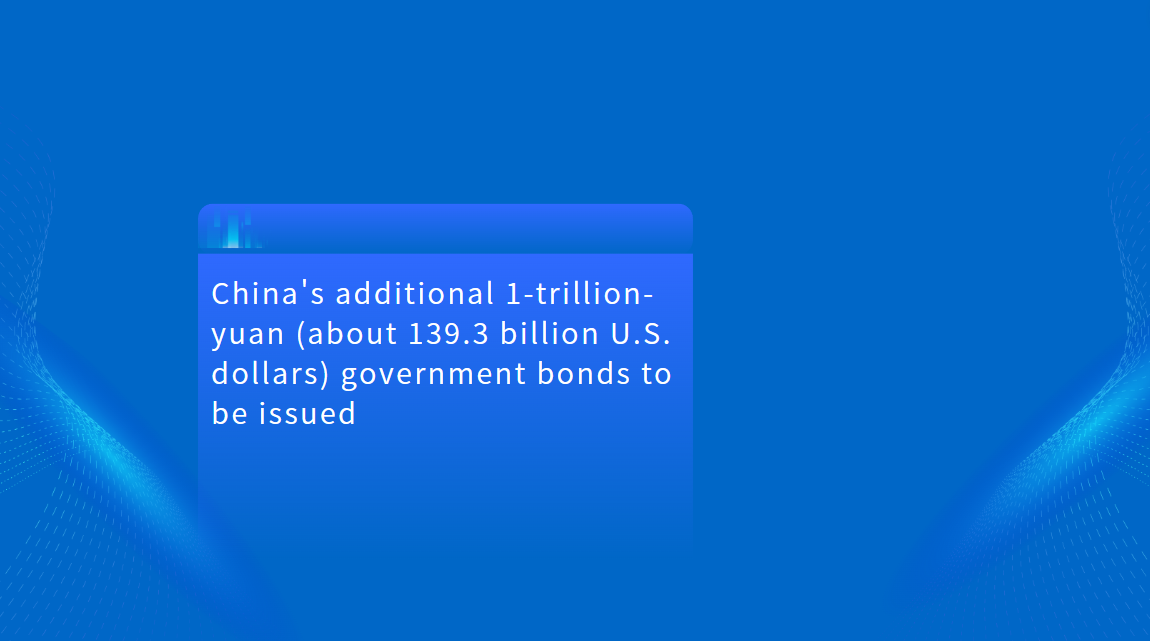China’s Port Economy Surges: Strategic Engines Along the Coast Fuel Global Trade Connectivity
本文包含AI辅助创作内容
The port economies of China's coastal cities recorded remarkable growth in 2024, with total added value reaching RMB 6.7 trillion (approx. USD 933 billion), marking a year-on-year increase of RMB 360.6 billion. This performance, revealed in a newly released report by the Planning and Research Institute under China's Ministry of Transport, underscores the growing strategic weight of ports not just in logistics, but in shaping the nation's industrial upgrading and regional economic integration.
The data, based on a study covering 59 seaport cities, was unveiled at the 2025 Tianjin International Shipping Industry Expo—one of the largest industry gatherings in northern China.
Ports as Industrial Anchors: From Transit Hubs to Growth Engines
Once seen primarily as logistical gateways, China's ports have transformed into complex economic ecosystems. According to the Ministry's report, port economies—which encompass all industrial activities dependent on and clustered around ports—now represent 13.6% of the combined GDP of these seaport cities. Notably, in coastal municipalities like Shanghai, Ningbo, Tianjin, and Guangzhou, this share is even higher.
The Yangtze River Delta, home to world-class ports such as Shanghai and Ningbo-Zhoushan, contributed 44.9% of the national port economy added value. These figures reflect not only port throughput but also how integrated logistics, advanced manufacturing, and value-added services have clustered around maritime infrastructure.
As Liu Zhanshan, Vice President of the Ministry's Planning and Research Institute, stated, “We firmly believe the port economy still holds immense potential. It is evolving into a powerful engine for China's new development paradigm.”
Industrial Upgrading Through Strategic Port-Industry Integration
China's ports are no longer just points of transfer—they're catalysts for transformation. Consider Ningbo-Zhoushan, which recently handled a Europe-bound shipment of electric vehicles and lithium batteries—part of the “new trio” of Chinese exports. Enabled by the “Sea-Rail Express” and Sino-European rapid routes, such movements signal the rise of high-value manufacturing along China's coastline.
In Guangzhou, the country's largest automotive port hub, the annual throughput of finished vehicles exceeded 1.4 million units in 2024, nearly 100 times that of 2004. This mirrors the meteoric growth of China's electric vehicle sector, which has increasingly looked to maritime routes for global expansion.
Statistical insights from the report further illuminate this trend. The port economy's contribution to the secondary industry (manufacturing and processing) stood at 22%, with strategic emerging industries seeing the fastest gains. For instance, the added value from computer, communication, and electronic equipment manufacturing rose to RMB 438.4 billion, accounting for 6.6% of the total port economy. This sector, heavily concentrated in the Yangtze River Delta and Guangdong, is also central to China's broader push toward tech-led industrial upgrading.
Regional Shifts and National Coordination: A ‘One Core, Two Belts, Multiple Clusters'Model
The report highlights a spatial model of “One Core, Two Belts, Multiple Clusters”:
One Core:City clusters around Shanghai serve as the innovation and governance center.
Two Belts:Coordinated growth in the Yangtze River Delta and Pearl River Delta.
Multiple Clusters:Emerging hubs across the Bohai Rim, Southeast Coast, and Southwest Coast.
While the Yangtze River Delta continues to lead, gains in regions such as Fujian, Shandong, and Tianjin suggest a gradual rebalancing. In 2024, cities like Tangshan and Quanzhou entered the RMB 200 billion club for port economic output, joining established leaders like Shenzhen, Guangzhou, and Ningbo.
Tianjin, for example, has emerged as a case study in coordinated port development. Its intelligent port systems, AI-powered logistics, and direct Latin American shipping routes have spurred not just throughput but also adjacent industries—from biotechnology clusters in Binhai New Area to cross-border financial services in downtown Heping District. In the first five months of 2024 alone, Tianjin port's imports of fruits and seafood from Latin America reached RMB 8.1 billion.
Urban-Industrial Synergy: Ports Redefining Cityscapes
As China repurposes its coastal infrastructure for sustainability and service-led growth, port-city integration is becoming increasingly visible. Take Rizhao's Hailong Bay: once a coal yard, it has been transformed into a tourist-friendly waterfront, with restored beaches and green walkways. This initiative removed 1.88 kilometers of industrial coastline, replacing it with eco-tourism facilities—an emblem of “retreating industry for livability.”
Meanwhile, in Yantai, a new port supply chain service zone is under construction, reshaping traditional terminal areas into clusters for modern port services, seamlessly blending logistics with urban development goals.
Such projects reflect a broader trend where ports fuel not just industrial output but also employment, livability, and social services. According to the Ministry's research, every RMB 1 billion invested in port construction can generate nearly 10,000 jobs. In parallel, for every 10,000 tons of port cargo, approximately RMB 1.94 million of GDP is generated.





















































First, please LoginComment After ~